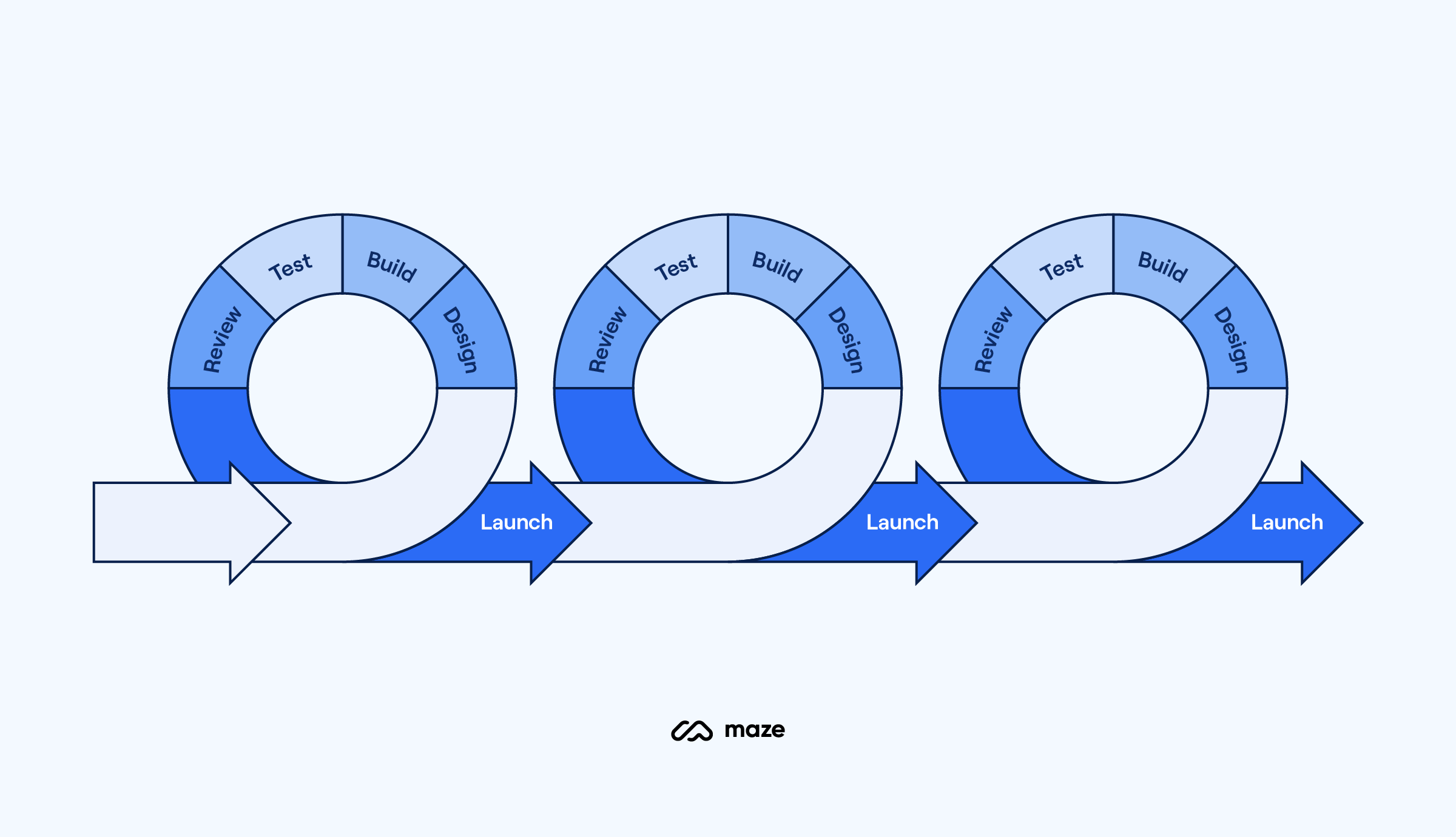In today's fast-paced world, the approach we work will be evolving at a great unprecedented rate. Conventional work models of which once defined typically the workplace are thus the agile and versatile working arrangements that prioritize adaptability in addition to responsiveness. Embracing change has become essential, not necessarily just for businesses seeking to stay competitive, but furthermore for employees aiming for better work-life balance and career satisfaction. This switch is reshaping the relationship between employers and the teams, creating the dynamic environment wherever innovation and collaboration thrive.
Agile working isn't merely a trend; it's a transformative approach that encourages constant learning and progress while fostering the culture of collaboration. Flexibility allows workers to tailor their own work schedules and conditions to meet their individual needs, enhancing output and wellbeing. Found in this article, we all will explore the particular crucial aspects of agile and versatile working, like the benefits for both staff and employers, strategies for implementing successful policies, and typically the role of technologies in shaping the future of function. Whether you are usually a leader navigating these changes or an employee seeking to adapt, being familiar with the art involving agile and flexible working is key to thriving in the modern staff.
Knowing Agile and Versatile Working
Agile and versatile operating are transformative methods that serve typically the evolving demands of the modern employees. Agile working is usually associated with https://duran-pickett.blogbright.net/taking-on-change-the-skill-of-agile-plus-flexible-working-within-the-current-workplace , emphasizing responsiveness to change through iterative processes and cooperation. It enables teams to work in a way that prioritizes outcomes above rigid structures, resulting in increased efficiency and innovation. Flexible working, on the additional hand, encompasses different arrangements that permit employees to improve their work hours and locations, encouraging a much better work-life equilibrium and enhancing total job satisfaction.
The a couple of concepts, while connected with each other, serve distinct functions within organizations. Acuto working focuses on project management and crew dynamics, enabling organizations to pivot plus adjust strategies quickly in response to be able to market fluctuations and even challenges. Flexible working prioritizes individual staff needs, allowing regarding tailored solutions that will accommodate different life-style and responsibilities. Jointly, they make an even more resilient work place that will can meet typically the diverse needs involving both employees plus employers.
As businesses try to foster a new culture of flexibility and flexibility, understanding their foundational rules becomes crucial. Market leaders must recognize the significance of supportive technology, very clear communication, and robust leadership to travel these initiatives successfully. By embracing the two agile and flexible working models, organizations can enhance collaboration, boost productivity, plus attract top skill, ultimately positioning on their own for long-term achievement in an evolving landscape.
Benefits and Problems of Flexible Work
Flexible working offers a numerous benefits that focus on both employees and even employers. For employees, the ability to choose their very own work hours and locations leads in order to improved work-life balance and increased work satisfaction. This autonomy enables them to manage personal responsibilities alongside professional commitments, lessening stress and boosting overall wellbeing. Companies also reap advantages from flexible work arrangements, including better employee retention rates and access to be able to a broader expertise pool, as geographic limitations become less relevant.
However, the switch to flexible performing is not with no its challenges. https://russell-carter-4.hubstack.net/taking-on-change-the-energy-of-agile-in-addition-to-flexible-working can become a lot more complex when groups are dispersed, potentially leading to emotions of isolation among remote workers. This may hinder collaboration produce a disconnect inside the team if not necessarily managed effectively. In addition, maintaining a clean workflow and accountability may require more structured management and even oversight to make sure that productivity degrees remain consistent.
To understand these challenges, agencies must invest in the right tools and systems that support smooth communication and effort. Building a growing culture that fosters rely on and encourages typical check-ins can aid engagement among affiliates, regardless of their physical location. By simply addressing these obstacles proactively, companies may create a thriving flexible work atmosphere that maximizes the particular benefits while minify potential downsides.
Implementing Effective Agile Work Habits

In order to successfully implement acuto work practices, organizations must first create a culture regarding trust and empowerment. Employees should feel encouraged to consider possession of their jobs and collaborate openly with team people. This requires breaking lower traditional hierarchies in addition to enabling cross-functional teams to self-manage. By simply promoting autonomy, agencies can boost morale and increase engagement, paving how with regard to a more reactive and dynamic work place.
Following, it's crucial in order to adopt agile methodologies that cater in order to the specific wants of the firm as well as its teams. This kind of can involve putting into action frameworks for instance Scrum or Kanban, which often help streamline workflows and enhance production. Regular feedback loops, such as sprint reviews and retrospectives, needs to be established to be able to ensure continuous enhancement. These practices enable teams to conform quickly to modifying demands, the working process more flexible in addition to effective.
Lastly, buying typically the right technology is essential to support acuto work practices. Tools that facilitate connection, project management, and collaboration are crucial for remote teams and agile conditions. This includes platforms for real-time updates, document sharing, and virtual meetings. By simply leveraging technology, companies can remove limitations to effective conversation and ensure that will all affiliates are aligned and informed, ultimately ultimately causing increased efficiency and innovation within their work operations.
